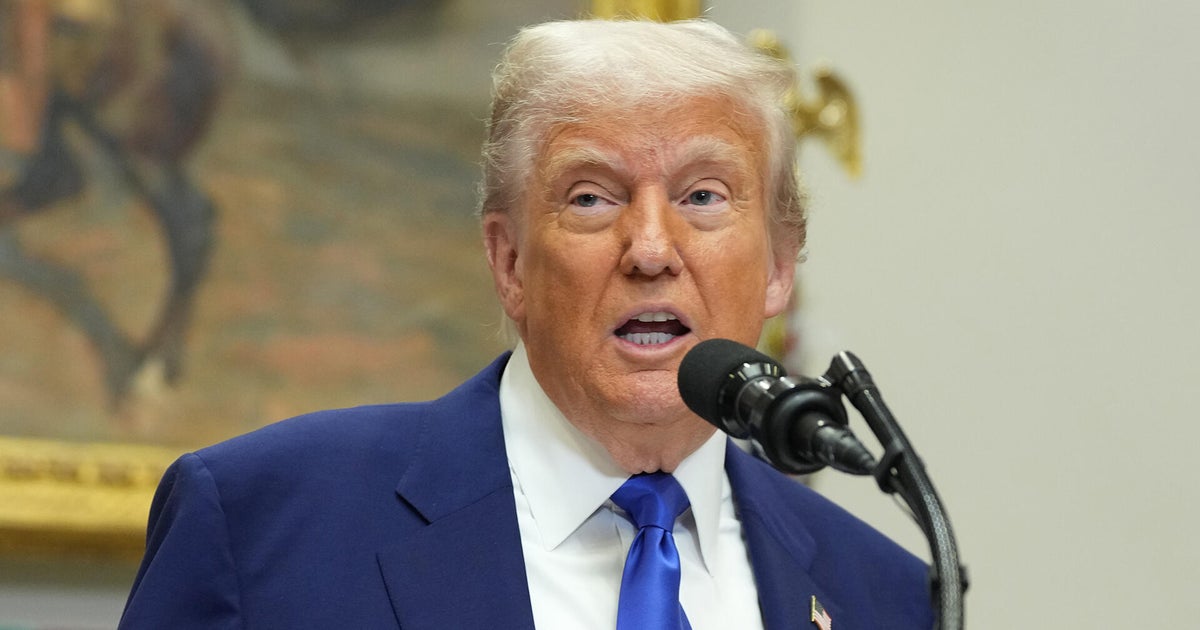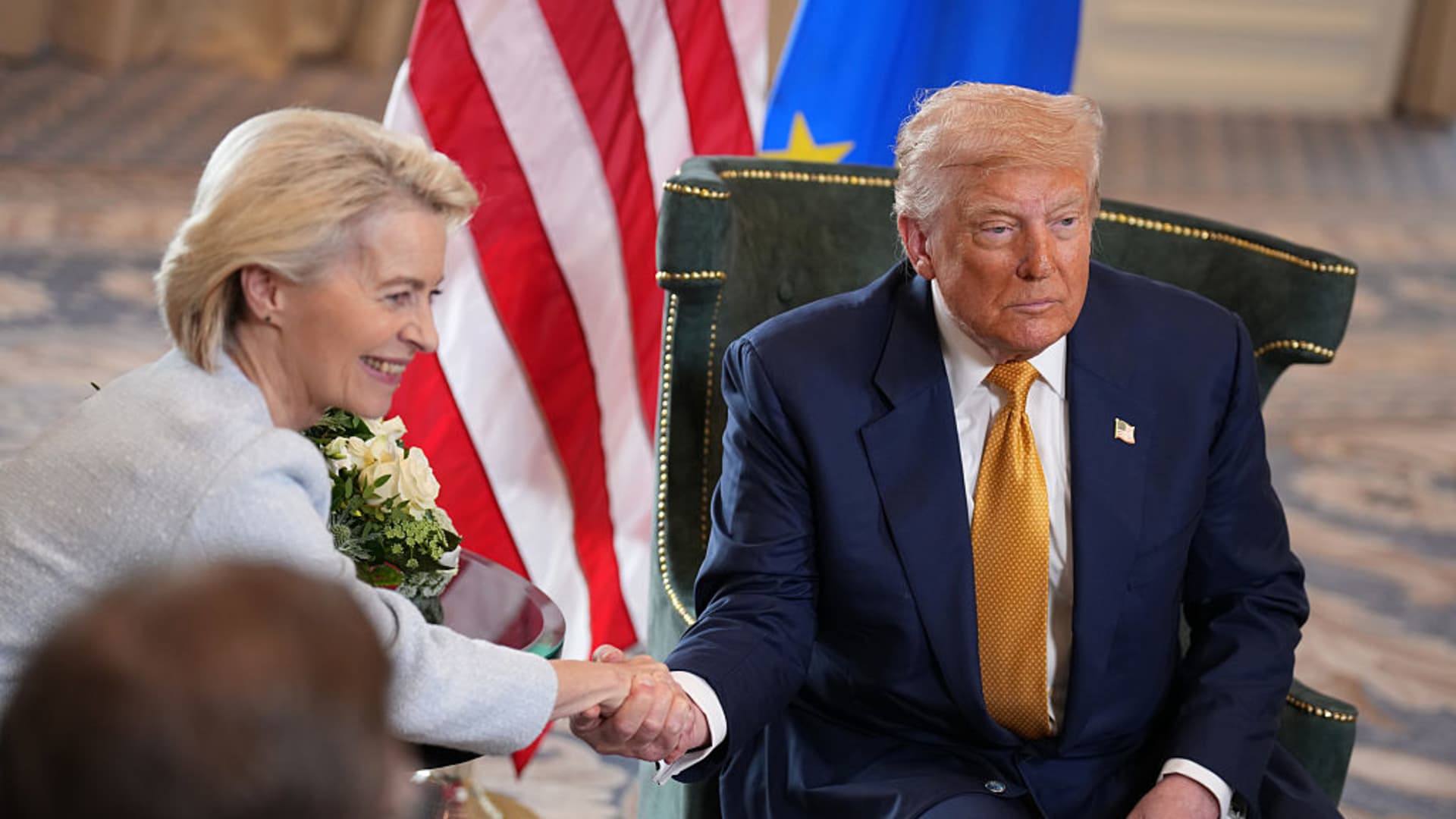Navigating the Future: What’s Next for the U.S.-China Trade Deal?
As the Biden administration reviews the trade framework inherited from the Trump era, economists and policymakers are weighing the potential for renewed negotiations or escalating tensions between the U.S. and China. With tariffs on over $350 billion worth of goods still in place and both nations eyeing technological supremacy, the path forward remains fraught with uncertainty. Stakeholders now question whether collaboration on climate goals or competition over semiconductors will define this critical economic relationship.
The Current State of U.S.-China Trade Relations
Since the Phase One trade deal signed in January 2020, bilateral trade has surged to record levels despite geopolitical friction. U.S. Census Bureau data shows goods imports from China reached $536.8 billion in 2022, while exports totaled $153.8 billion. However, the agreement’s enforcement mechanisms and China’s pledged $200 billion in additional purchases fell short, achieving only 60% of targets according to Peterson Institute for International Economics.
Key pain points persist:
- Ongoing Section 301 tariffs averaging 19% on Chinese imports
- Export controls targeting advanced chips and AI technologies
- Diverging approaches to market access and intellectual property rights
Expert Perspectives on the Road Ahead
Dr. Linda Li, senior fellow at the Brookings Institution, suggests: “The window for substantive dialogue is narrowing as both nations prioritize domestic resilience over globalization. The CHIPS Act and China’s dual circulation strategy reveal fundamentally incompatible visions for tech leadership.”
Contrastingly, former USTR negotiator James Carter maintains: “There’s room for pragmatic cooperation in agriculture, clean energy, and fentanyl precursor controls—if political posturing gives way to sector-specific diplomacy.”
Technological Decoupling: The New Battleground
The Biden administration’s October 2022 semiconductor restrictions marked a pivotal escalation, cutting China off from advanced chipmaking equipment. Beijing responded with $143 billion in domestic semiconductor subsidies and rare earth export controls. This tech cold war carries staggering economic stakes:
- Global semiconductor market projected to lose $120 billion in 2023 revenue (Gartner)
- 60% of U.S. tech firms report supply chain disruptions (U.S. Chamber of Commerce survey)
- China’s chip imports dropped 15% YoY as self-sufficiency efforts accelerate
Potential Pathways Forward
Three scenarios dominate policy discussions:
- Limited Detente: Tariff reductions on consumer goods paired with maintained tech restrictions
- Managed Competition: Sector-specific agreements (e.g., green technology) amid broader rivalry
- Full Decoupling: Progressive supply chain separation and investment barriers
Notably, climate change presents a rare area of potential alignment. China dominates 80% of solar panel production, while U.S. clean energy tax credits require domestic manufacturing—a tension needing resolution to meet emissions targets.
Economic and Global Implications
The International Monetary Fund warns that U.S.-China trade fragmentation could shrink global GDP by up to 1.5% long-term. Emerging markets face particular vulnerability:
- Vietnam and Mexico benefit from supply chain diversification
- African nations risk losing infrastructure investments as China redirects capital
- EU struggles to balance U.S. alliance with China market access
Meanwhile, the yuan’s share in global payments has doubled since 2020 to 3.2% (SWIFT), signaling gradual de-dollarization.
Conclusion: A High-Stakes Balancing Act
With 2024 elections looming in both nations, political rhetoric may harden before substantive progress occurs. Business leaders urge clear rules to prevent accidental escalation, while security hawks advocate permanent structural separation. The coming months will test whether economic interdependence can temper strategic rivalry—or if the world’s largest economies are destined for parallel but disconnected futures.
For ongoing analysis of U.S.-China trade developments, subscribe to our policy briefing series.
See more CCTV News Daily



